-
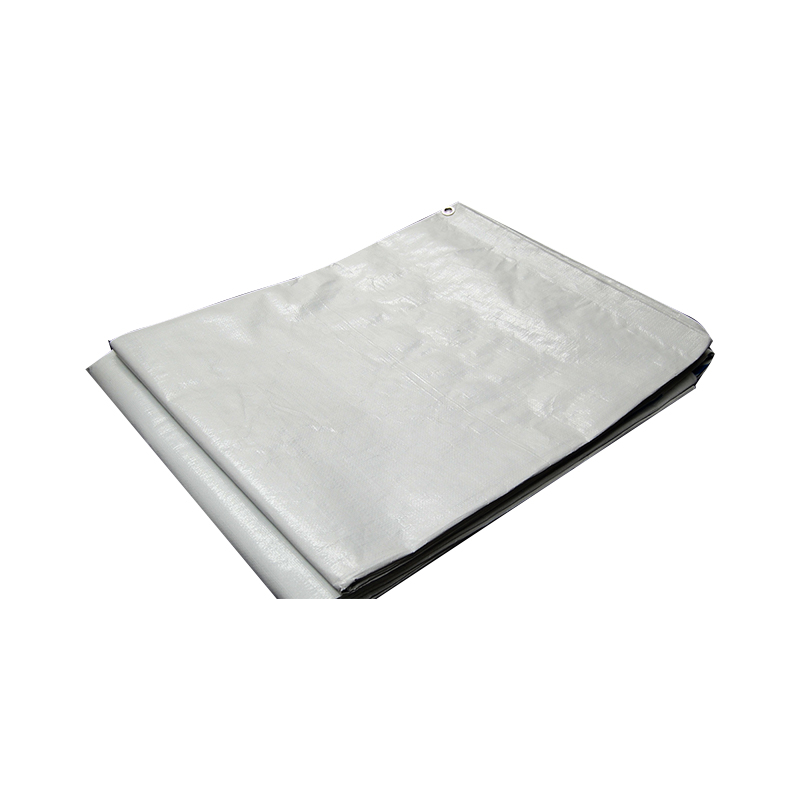 4x50m Woven HDPE Black Plastic Tarpaulin
4x50m Woven HDPE Black Plastic TarpaulinPlastic Tarpaulin
-
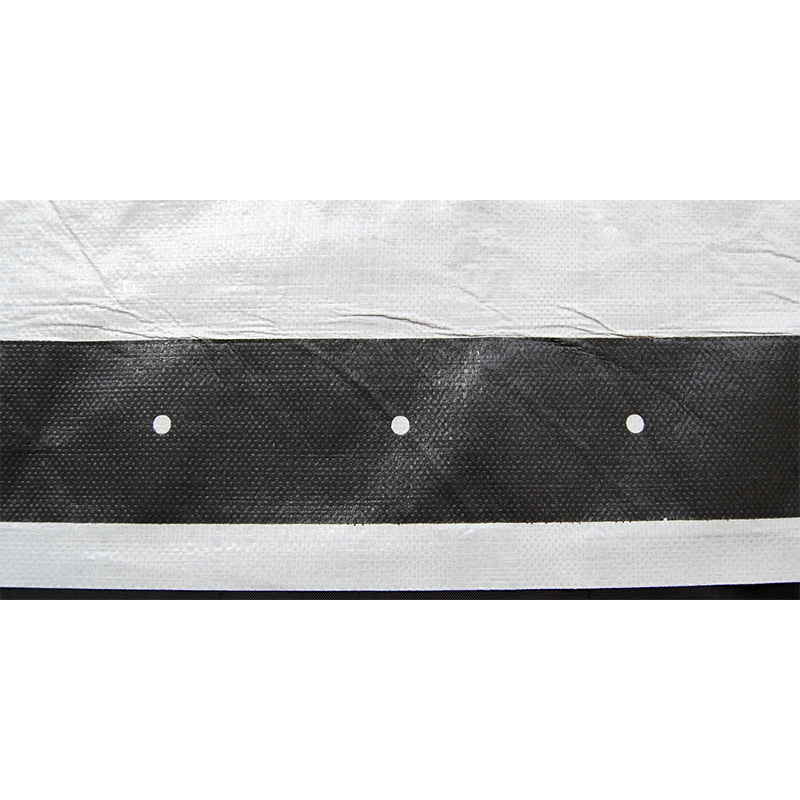 4x60m Extra Large Plastic Tarpaulin Waterproof Cover Sheet
4x60m Extra Large Plastic Tarpaulin Waterproof Cover SheetPlastic Tarpaulin
-
 UNHCR Standard 1 Person Synthetic Sleep Mat
UNHCR Standard 1 Person Synthetic Sleep MatSleeping Mat
-
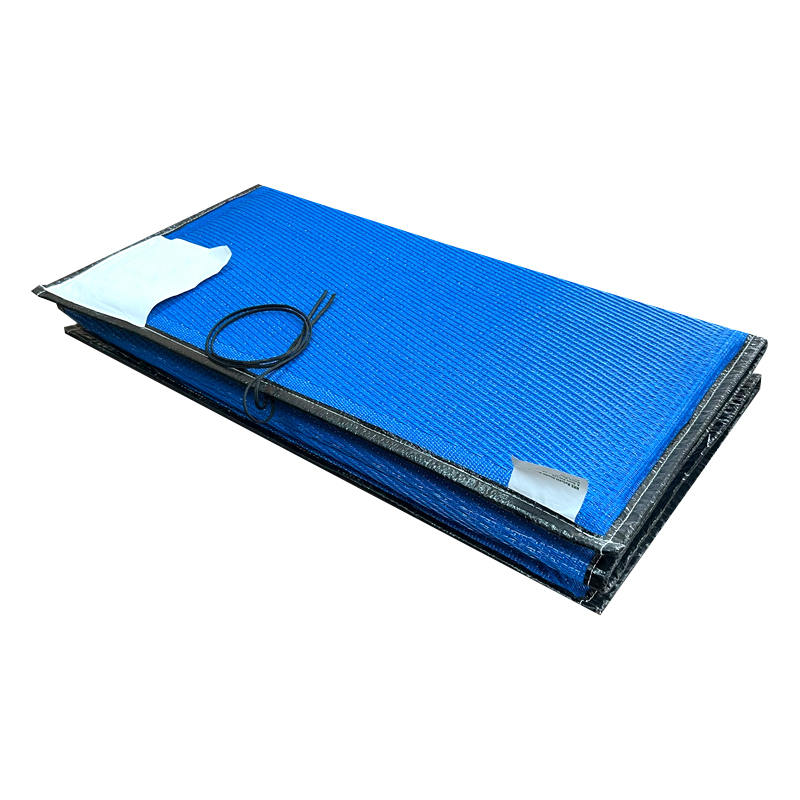 Multipurpose Portable Foam Sleeping Mat
Multipurpose Portable Foam Sleeping MatSleeping Mat
-
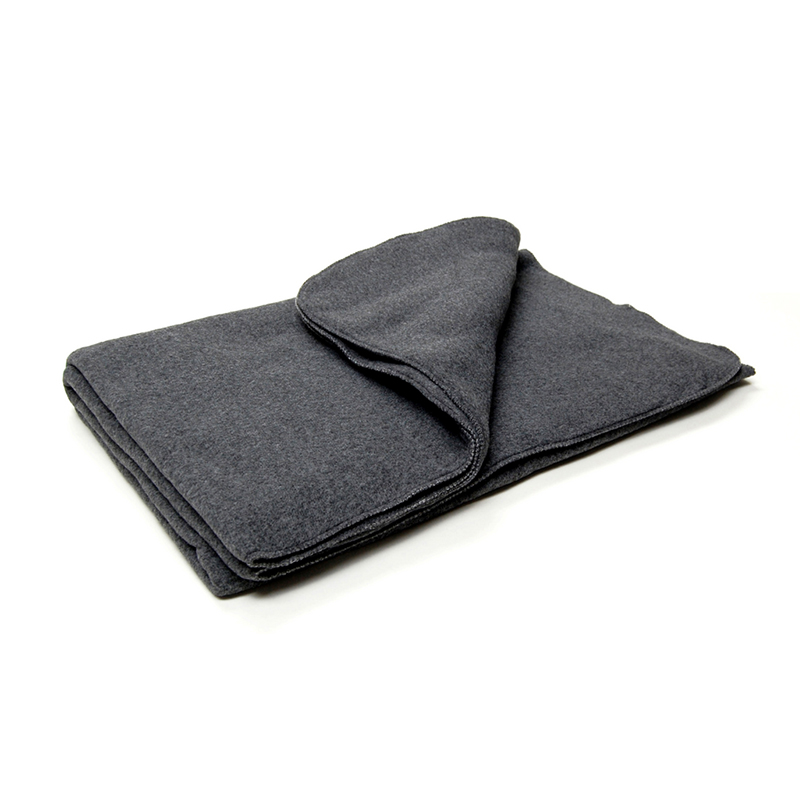 Low Thermal Knitted Fleece Blanket
Low Thermal Knitted Fleece BlanketThermal Synthetic Blankets
-
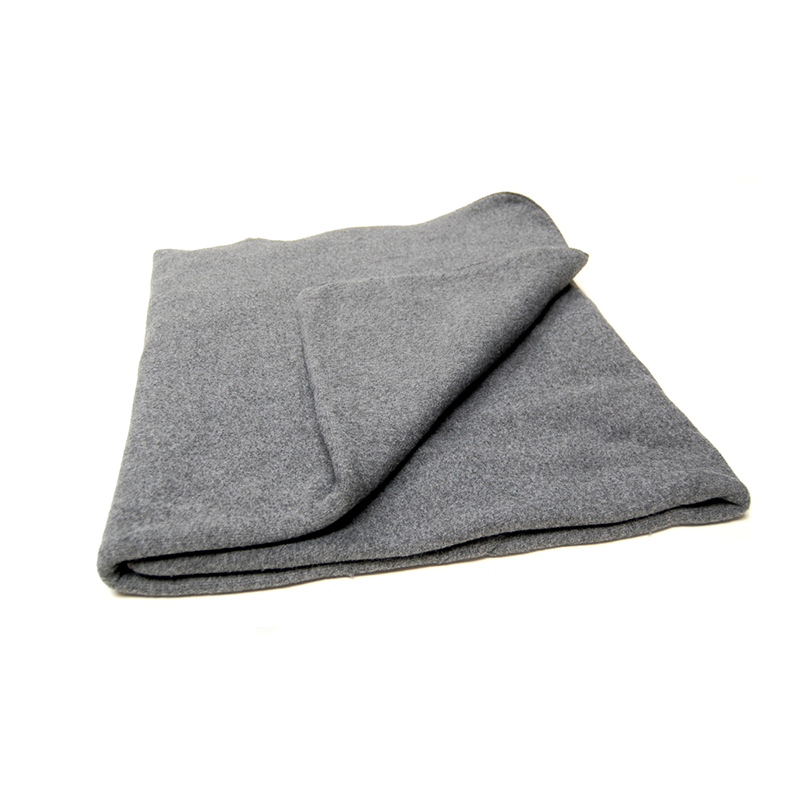 ICRC/IFRC Standard Medium Thermal Fleece Blanket
ICRC/IFRC Standard Medium Thermal Fleece BlanketThermal Synthetic Blankets
-
 ICRC/IFRC/UNHCR Standard High Thermal Polyfill Blanket
ICRC/IFRC/UNHCR Standard High Thermal Polyfill BlanketThermal Synthetic Blankets
-
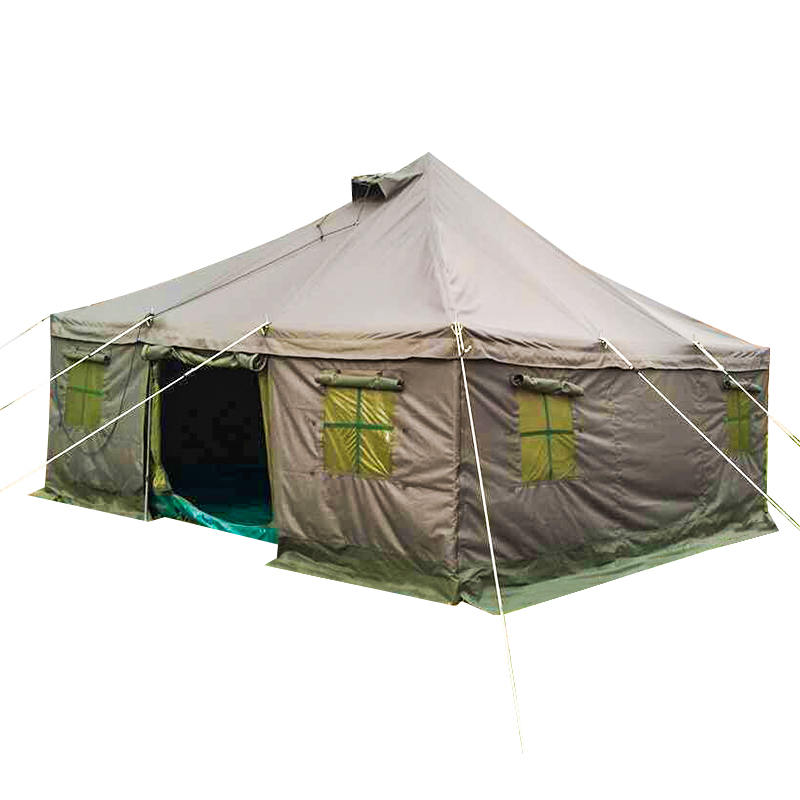 4.8x4.8m Military Pole Tent- Tropical Type
4.8x4.8m Military Pole Tent- Tropical TypeMilitary Tent
-
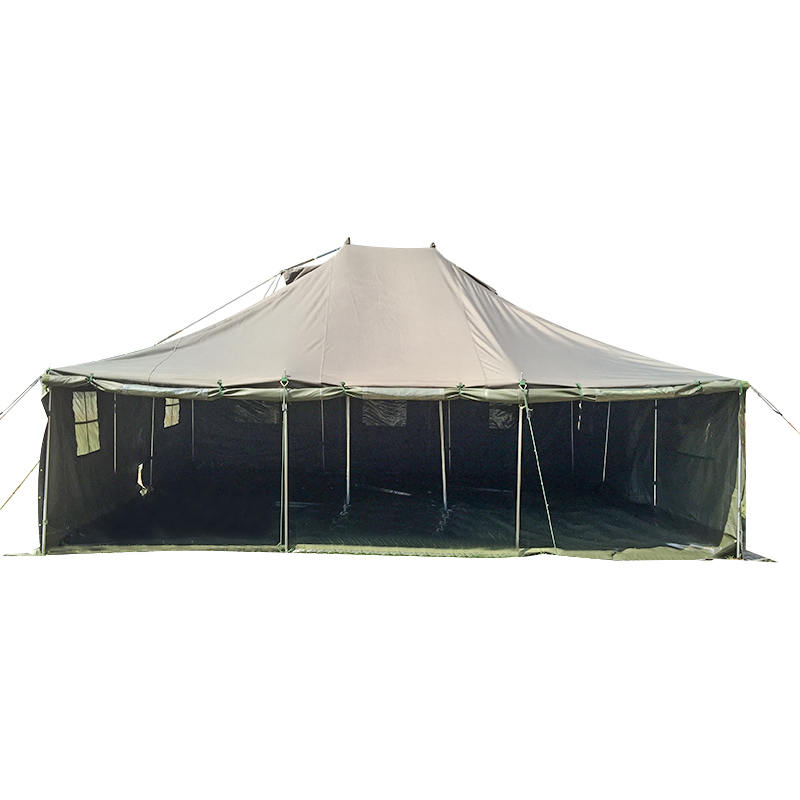 4.8x6.0m Canvas Military Pole Tent and Shelters
4.8x6.0m Canvas Military Pole Tent and SheltersMilitary Tent
-
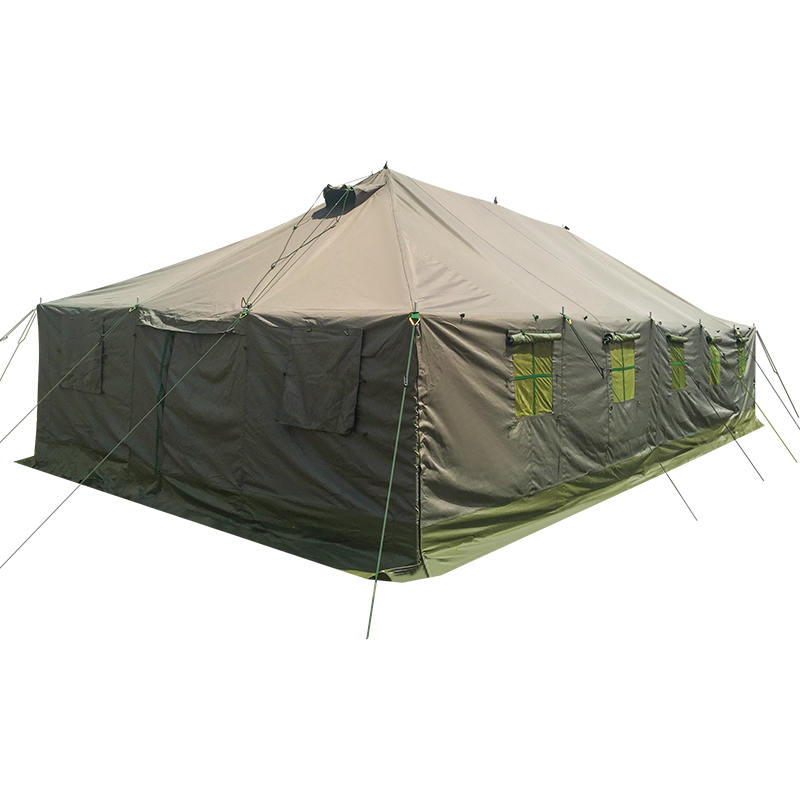 4.8x10.0m Canvas Military Surplus Pole tent
4.8x10.0m Canvas Military Surplus Pole tentMilitary Tent
-
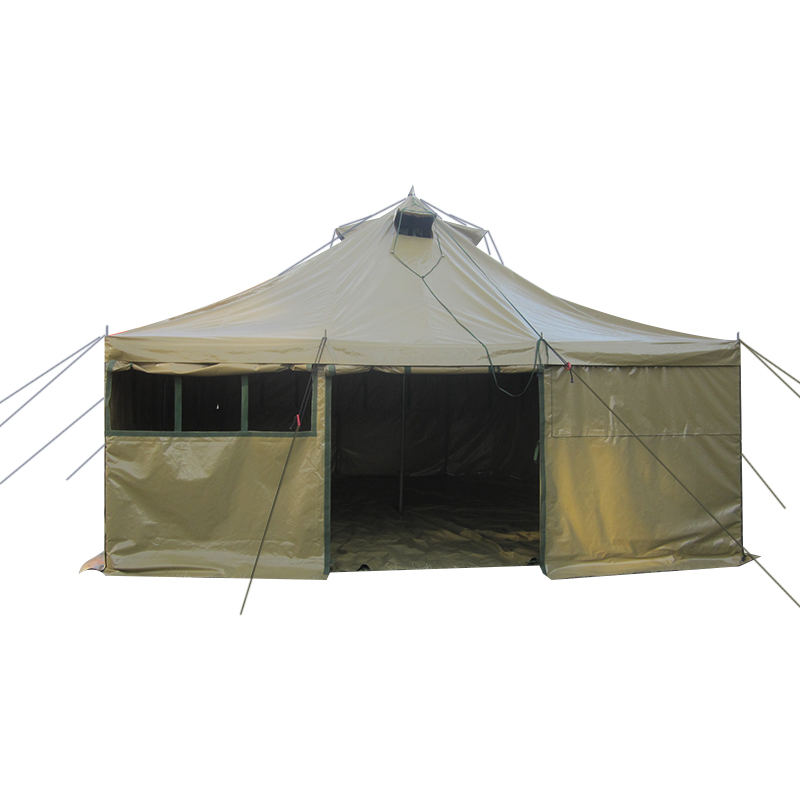 5x5m 8-12 Person Canvas Army Tent Disaster Relief Tent
5x5m 8-12 Person Canvas Army Tent Disaster Relief TentMilitary Tent
-
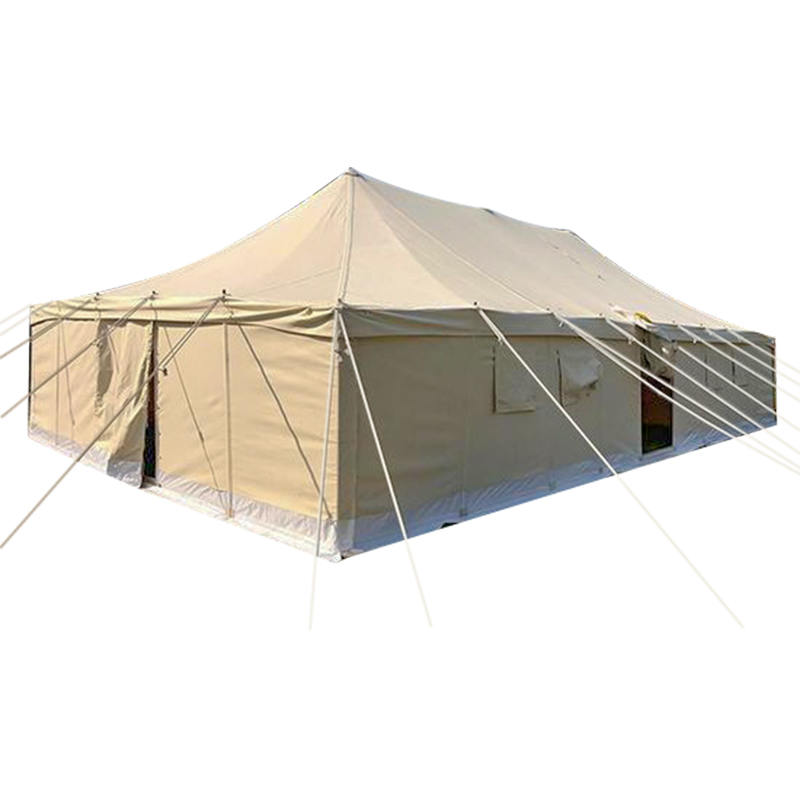 5x10m General-Purpose Army Canvas Hip Roof Tent
5x10m General-Purpose Army Canvas Hip Roof TentMilitary Tent
Relief Tent / Emergency Tent Suppliers
Products & Solutions
CONTACT US
-

+86 15695147631
-

-

No.9 Kangmin Road, Automobile industry Park, Yizheng City, Jiangsu Province, China
Mailenda’s releief tent and emergency tents are an ideal and dependable solution in the event of natural disasters. Our structures can be used for multiple purposes such as onsite medical care, food and supply distribution, temporary lodging, and responders command centers.
Our emergency shelter tents are available on short notice and can be assembled quickly on almost any surface, making them the option to aid in disaster relief when and where you need it the most.
Our emergency relief tents are designed with durable materials and quick assembly in mind, making them ideal for rapid deployment in disaster-stricken areas. They provide essential shelter, protection, and privacy for those in need. Our semi-permanent structures have the flexibility to be built on sand, asphalt, concrete, or grass, which offers much more adaptability in times of need.
Our emergency relief tents are engineered to withstand a wide range of weather conditions. Under normal installation and fixing conditions, the structures can withstand maximum up to 8 magnitude strong winds and both balanced and unbalanced snow loads of 75 kg/sqm.
We offer a range of sizes to accommodate various needs, from small family-sized emergency shelters to larger structures capable of housing multiple individuals or serving as medical facilities. We also offer custom sizes. Our team can help you select the appropriate size based on your requirements.
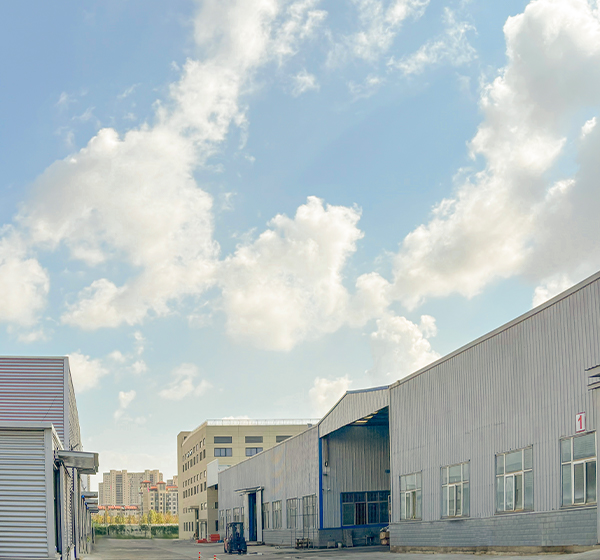
-
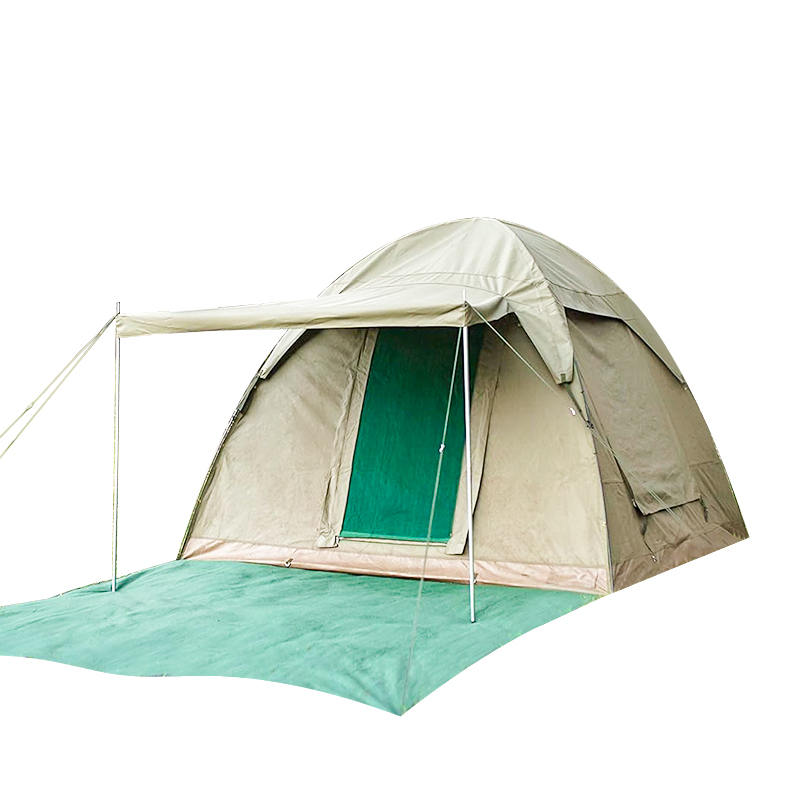
What Do Waterproof Ratings for Camping Backpacking Tents Actually Mean? Waterproof ratings (measured in millimeters, mm) quantify a tent’s ability to resist water penetration, base...
READ MORE -
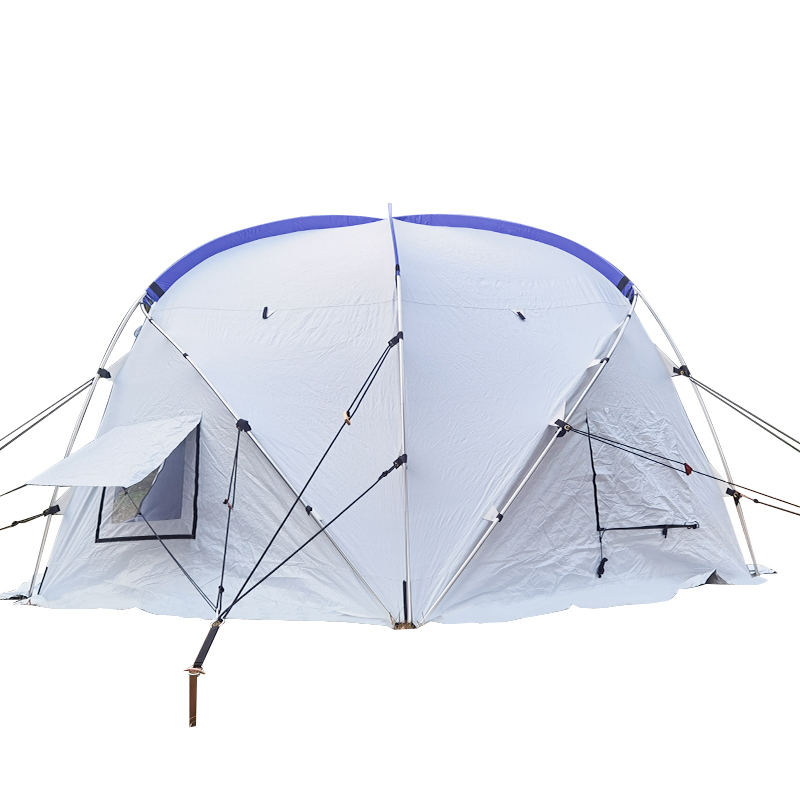
What core fabrics lay the foundation for windproof and waterproof relief tent? The windproof and waterproof performance of relief tent starts with the selection of core fabrics, wh...
READ MORE -
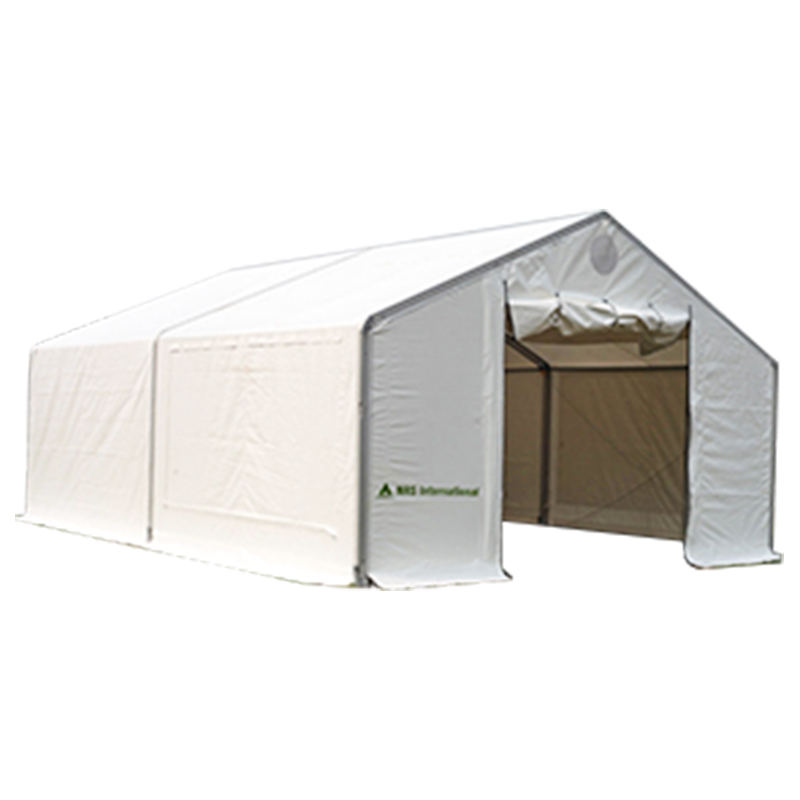
What Cost Advantages Make Warehouse Tents More Economical Than Traditional Warehouses? The core appeal of warehouse tents lies in their significant cost savings, which can reach up...
READ MORE -
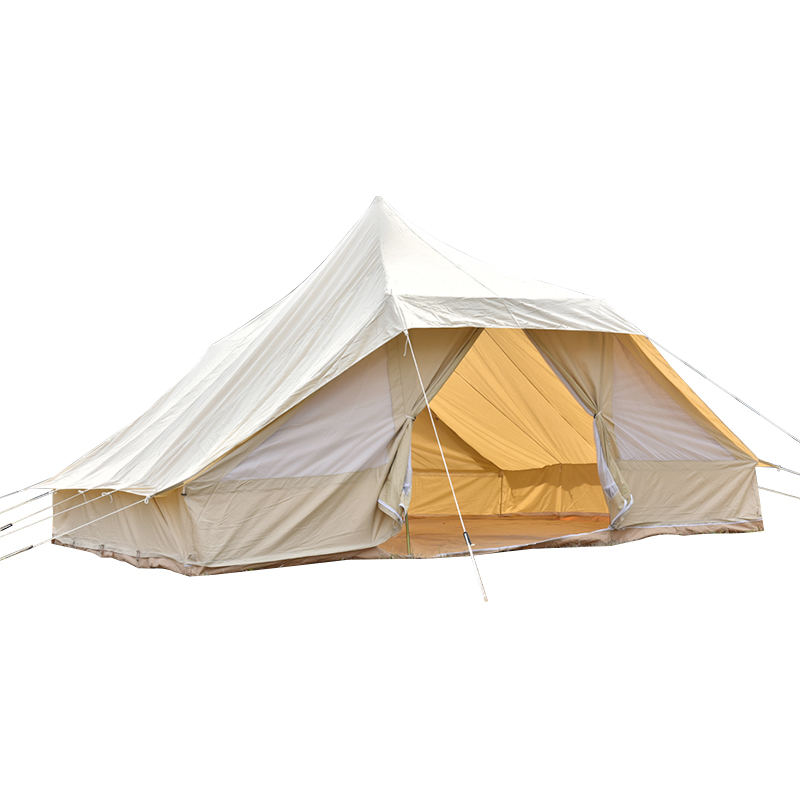
Camping in extreme weather—whether it’s heavy rain, strong winds, freezing snow, or scorching sun—requires a tent that can stand up to harsh conditions while keeping campers safe a...
READ MORE
I. Core Materials: Key to Performance and Compatibility
Material selection for relief tents and emergency tents focuses on three core requirements: durability, functionality, and adaptability. Main material combinations cover both fabric and frame, with different material properties directly corresponding to the needs of different emergency scenarios.
Common fabric types include PVC coated fabric, TPU material, PE tarpaulin, and polyester cotton fabric. PVC-coated fabric offers excellent waterproofing and tear resistance, withstanding heavy rain, strong winds, and other adverse weather conditions, making it suitable for long-term deployments or extreme climates. However, it is relatively heavy and offers limited breathability. TPU is environmentally friendly, non-toxic, and cold-resistant, resisting hardening and cracking in cold climates. It is also lighter than PVC, making it easier to transport and set up, though slightly more expensive. PE tarpaulins are lightweight and portable, with lower production and procurement costs, making them suitable for short-term emergency use. However, they offer less durability and waterproofing. Polyester-cotton fabric offers superior breathability and comfort, making it suitable for tent linings or emergency tent fabrics in warmer regions.
Frames are commonly made of steel and aluminum. Steel offers high load-bearing capacity and stability, and can withstand strong winds, making it suitable for larger tents (such as temporary medical centers and supply warehouses). Aluminum, with its lightweight design, facilitates manual handling and quick assembly, making it suitable for emergency scenarios requiring frequent relocation. With over 20 years of experience in material processing and application, Yangzhou Mailenda Outdoor Products Co., Ltd. has a precise grasp of the properties of materials such as PE, PVC, TPU, steel, and aluminum, enabling it to match the optimal material combination to meet diverse needs.
II. Core Applications: Covering Diverse Emergency and Temporary Scenarios
The core value of the Relief Tent/Emergency Tent lies in "rapidly responding to needs and providing safe shelter." Its applications encompass a wide range of natural disaster response, public emergency response, and special temporary scenarios, making it a critical resource for emergency rescue and temporary support.
In natural disaster response scenarios, it serves as a "temporary home" for disaster victims. After earthquakes, floods, mudslides, and other disasters, it can be quickly erected to house victims, providing shelter from the elements. It can also serve as a temporary medical rescue point, providing initial treatment for the injured and storing medicines. Some tents, with their waterproof and moisture-proof design, can also protect medical equipment from damage in harsh environments. In public emergency response scenarios, such as epidemic prevention and control and public health incidents, it can serve as a temporary isolation point, nucleic acid testing site, or emergency command center, flexibly adapting to meet diverse functional requirements.
Furthermore, it can also be used in outdoor operations and special events, such as temporary dormitories for construction projects in remote areas, bases for field exploration teams, and temporary service stations for large-scale events. Yangzhou Mailenda Outdoor Products Co., Ltd., with its mature production and supply capabilities, has already served UN agencies and humanitarian organizations, playing a role in emergency rescue and temporary support in numerous locations around the world.
III. Core Advantages: Key Features Meet Emergency Needs
The advantages of the Relief Tent/Emergency Tent are designed around the pain points of emergency scenarios. From the perspectives of setup efficiency, environmental adaptability, and durability, it fully meets the needs of emergency use, making it a must-have among emergency supplies. Quick setup and dismantling are one of their core advantages. Given the tight time constraints of emergency situations, high-quality relief tents/emergency tents typically feature a modular design with highly standardized components. This eliminates the need for complex tools and allows for quick setup by collaborative teams. Once dismantled, they are compact and lightweight, making them easy to transport via vehicles, helicopters, and other means of transportation, making them particularly suitable for disaster sites with limited access.
Strong environmental adaptability is also a key advantage. Whether exposed to intense heat or freezing temperatures, or torrential rain or strong winds, qualified tents withstand these environmental influences through their choice of materials and structural design. For example, waterproof fabrics and sealed seams prevent water seepage, while a sturdy frame structure enhances wind resistance. Some tents are also flame-retardant, reducing fire hazards. In addition, high durability and reusability reduce emergency response costs. High-quality tents utilize wear-resistant fabrics and corrosion-resistant frames. With proper maintenance, they can be reused in multiple emergency scenarios, minimizing resource waste. Furthermore, some products offer "multi-functional expandability." By adding partitions, ventilation windows, and other accessories, they can be flexibly converted into various functional spaces, such as living, medical, and office spaces, improving cost-effectiveness. These advantages are achieved through sophisticated production technology. Yangzhou Mailenda Outdoor Products Co., Ltd. utilizes advanced equipment such as automatic welding machines and hot air seam sealing machines, as well as precise control over materials and craftsmanship, to ensure that its products excel in these core advantages.


 English
English 中文简体
中文简体 Español
Español 日本語
日本語 русский
русский عربى
عربى


